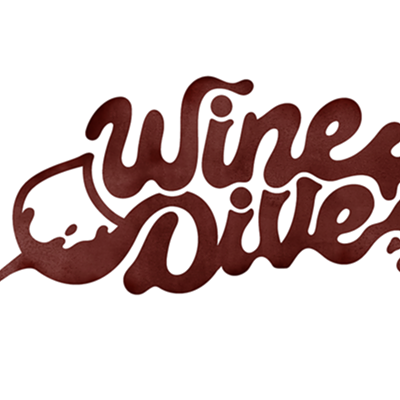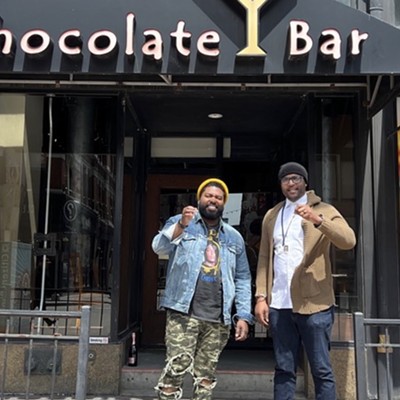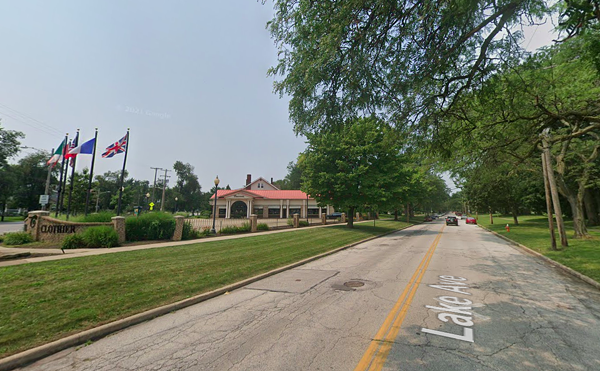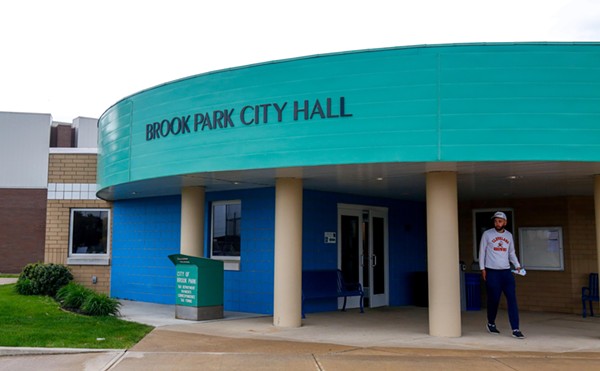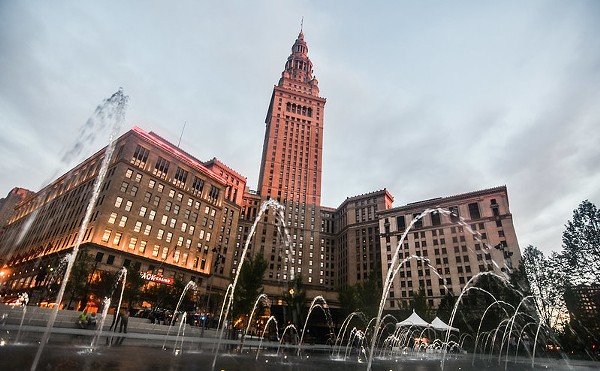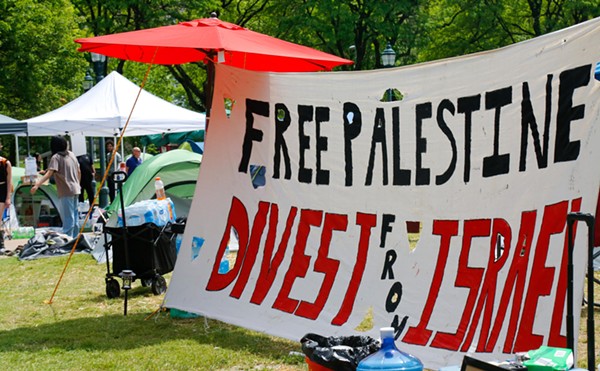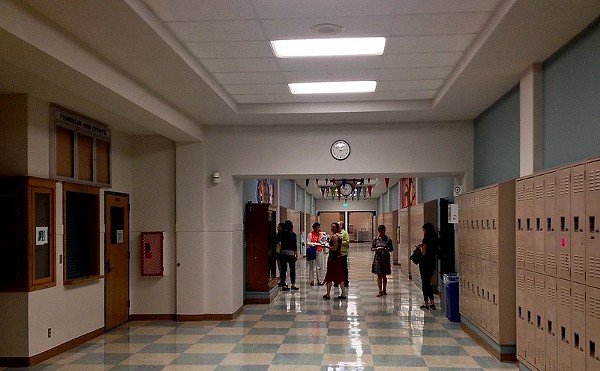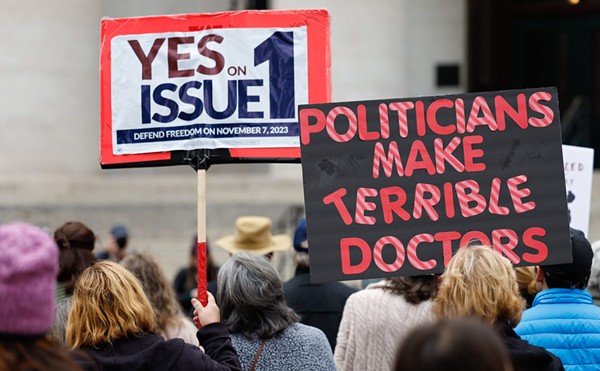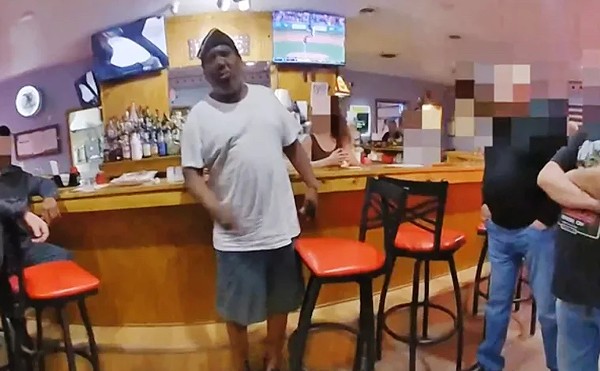Blaze in Retrospect: 'Where the River Burned' on the Anniversary of the Cuyahoga River Fire
By Eric Sandy on Mon, Jun 22, 2015 at 1:32 pm
[
{
"name": "Ad - NativeInline - Injected",
"component": "38482495",
"insertPoint": "3",
"requiredCountToDisplay": "5"
},{
"name": "Real 1 Player (r2) - Inline",
"component": "38482494",
"insertPoint": "2/3",
"requiredCountToDisplay": "9"
}
]
This spring, David and Richard Stradling — history professor at the University of Cincinnati and editor and The News and Observer in Raleigh, respectively — published a titanic review of Cleveland in the time of river fires. Where the River Burned is a well written and engaging account of Mayor Carl Stokes attempts to revitalize a divided and environmentally ravaged city. To those who pay attention to various "reforms" flowing from Mayor Frank Jackson's office, this is extremely helpful reading.
"Our story begins with a river catching fire in June 1969. The Cuyahoga, prone to oil slicks and accumulating debris and, it turns out, to catching fire, burned for about half an hour on a Sunday morning," the book begins. We know the popular narrative from there: "The fire became notorious but not well understood." The fire, which occurred 46 years ago today, picked up a brief editorial in the Plain Dealer that week and decades of asinine jokes and observations about Cleveland ever since.
Where the River Burned is the story of what happened after the fire. The subtitle is probably more to-the-point: Carl Stokes and the Struggle to Save Cleveland. The first black mayor of a major American city was saddled with the weight of Cleveland's past, present and future, its successes and its failures.
The mayor was faced with the earnest nosedive of the city's population and infrastructure when he took office in 1967. The "failure of urban America" was outpacing proposed solutions; taxpayers and their taxes fled the city and rooted their futures in rapidly expanding suburbs, leaving behind skeletal neighborhoods and increasingly tense dynamics among poor residents and the city service providers tasked with maintaining safety, health, education.
"Stokes hoped to do more while in office, but as long as jobs and capital continued to flow out of the city, all he could realistically expect was to shape the decline," the authors write.
Tied up in all of that was the environmental question. The first Earth Day took place in 1970 — 10 months after the fire — and Stokes could not ignore the implications. Protests occurred. Children mailed devastating letters to the mayor's office ("Dear Mayor Stokes, I am Michelle. I don't whant dirty air! I whant clean air!"). Indeed, the city — already conscious of the environmental devastation inland and on Lake Erie — pushed hard on these fronts in the wake of the fire.
Where this book succeeds is in scope; the residents, collectively, form an important character working mostly in tandem with Stokes' vision. The camera zooms out quite a bit. And then, throughout the narrative, the Stradling brothers zero in on the nitty-gritty of City Hall at the time. Bailus Walker, for instance, the city's newly hired deputy commissioner for environmental health as of 1969, plays a major role as the story shifts to his efforts to eradicate rat infestations in Hough — a subset of problems stemming "the failure of urban America."
Where the River Burned runs along at a good clip. The authors flesh the story out with rich details from a time in history not too far removed from the present, but just far enough in the past to warrant a shoulder-tap reminder that, hey, there's some stuff worth paying attention to from those days.
Read more about the book — and purchase a copy — at Cornell University Press.
"Our story begins with a river catching fire in June 1969. The Cuyahoga, prone to oil slicks and accumulating debris and, it turns out, to catching fire, burned for about half an hour on a Sunday morning," the book begins. We know the popular narrative from there: "The fire became notorious but not well understood." The fire, which occurred 46 years ago today, picked up a brief editorial in the Plain Dealer that week and decades of asinine jokes and observations about Cleveland ever since.
Where the River Burned is the story of what happened after the fire. The subtitle is probably more to-the-point: Carl Stokes and the Struggle to Save Cleveland. The first black mayor of a major American city was saddled with the weight of Cleveland's past, present and future, its successes and its failures.
The mayor was faced with the earnest nosedive of the city's population and infrastructure when he took office in 1967. The "failure of urban America" was outpacing proposed solutions; taxpayers and their taxes fled the city and rooted their futures in rapidly expanding suburbs, leaving behind skeletal neighborhoods and increasingly tense dynamics among poor residents and the city service providers tasked with maintaining safety, health, education.
"Stokes hoped to do more while in office, but as long as jobs and capital continued to flow out of the city, all he could realistically expect was to shape the decline," the authors write.
Tied up in all of that was the environmental question. The first Earth Day took place in 1970 — 10 months after the fire — and Stokes could not ignore the implications. Protests occurred. Children mailed devastating letters to the mayor's office ("Dear Mayor Stokes, I am Michelle. I don't whant dirty air! I whant clean air!"). Indeed, the city — already conscious of the environmental devastation inland and on Lake Erie — pushed hard on these fronts in the wake of the fire.
Where this book succeeds is in scope; the residents, collectively, form an important character working mostly in tandem with Stokes' vision. The camera zooms out quite a bit. And then, throughout the narrative, the Stradling brothers zero in on the nitty-gritty of City Hall at the time. Bailus Walker, for instance, the city's newly hired deputy commissioner for environmental health as of 1969, plays a major role as the story shifts to his efforts to eradicate rat infestations in Hough — a subset of problems stemming "the failure of urban America."
Where the River Burned runs along at a good clip. The authors flesh the story out with rich details from a time in history not too far removed from the present, but just far enough in the past to warrant a shoulder-tap reminder that, hey, there's some stuff worth paying attention to from those days.
Read more about the book — and purchase a copy — at Cornell University Press.
SCENE Supporters make it possible to tell the Cleveland stories you won’t find elsewhere.
Become a supporter today.
About The Author
Eric Sandy
Eric Sandy is an award-winning Cleveland-based journalist. For a while, he was the managing editor of Scene. He now contributes jam band features every now and then.
Scroll to read more Cleveland News articles
Newsletters
Join Cleveland Scene Newsletters
Subscribe now to get the latest news delivered right to your inbox.

